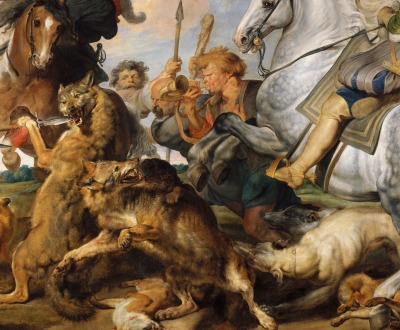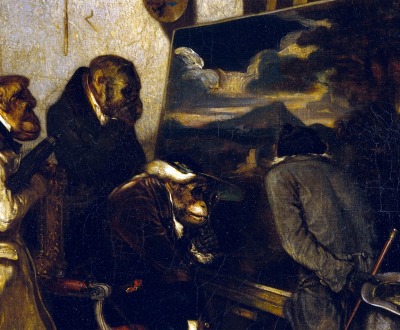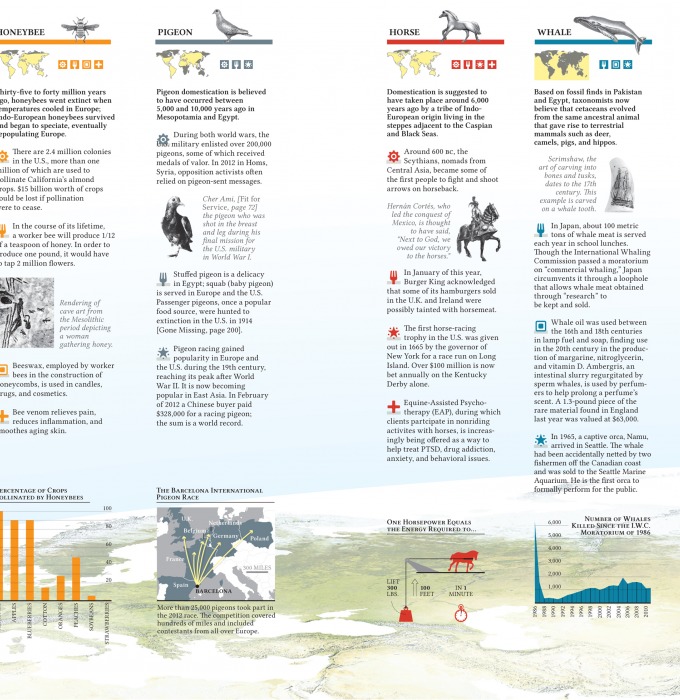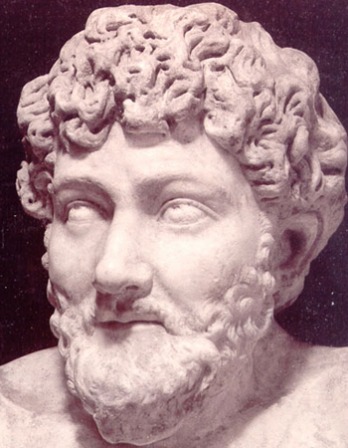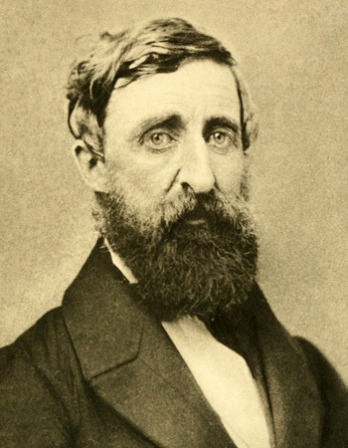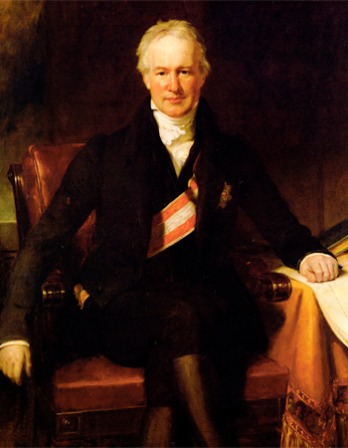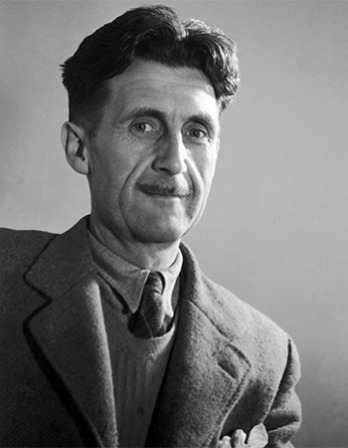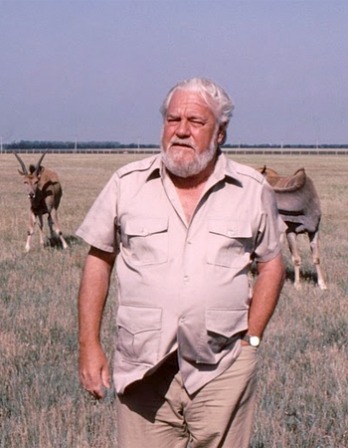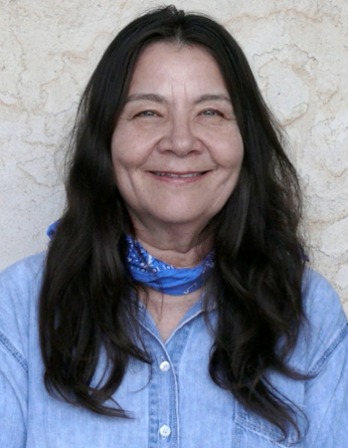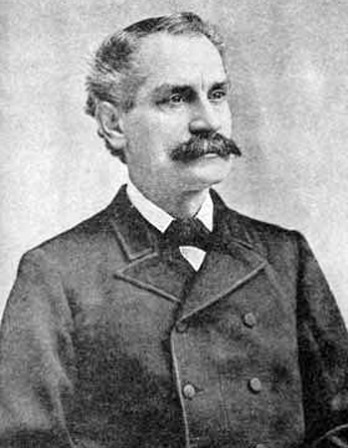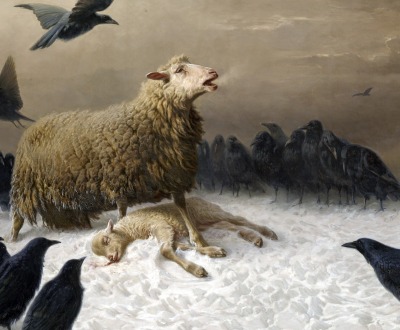
Anguish, by August Friedrich Albrecht Schenck, c. 1878. National Gallery of Victoria, Melbourne.
VIEW:
Miscellany
“Pubic grooming has led to a severe depletion of crab-louse populations,” a medical entomologist with the company Insect Research & Development Ltd. said in an interview in January of this year. “Add to that other aspects of body-hair depilation, and you can see an environmental disaster in the making for this species.” More than 80 percent of college students in the U.S. remove all or part of their pubic hair.
The fox knows lots of tricks, the hedgehog only one—but it’s a winner.
—Archilochus, c. 650 BC